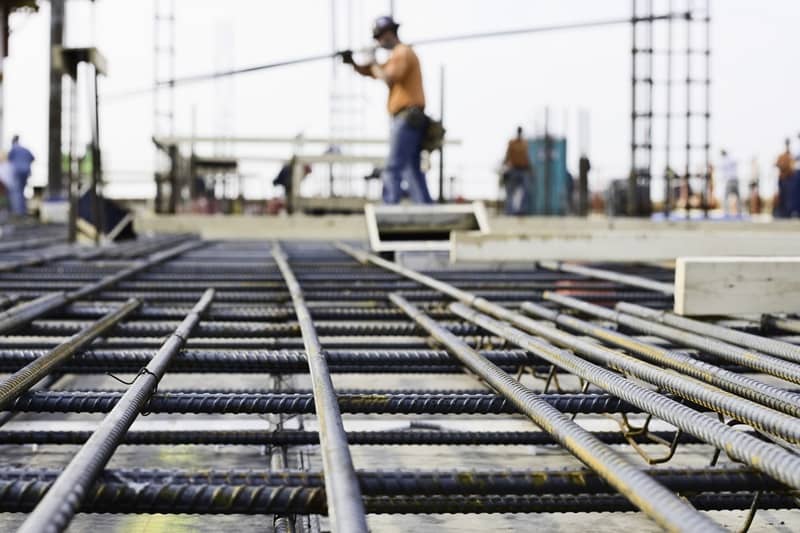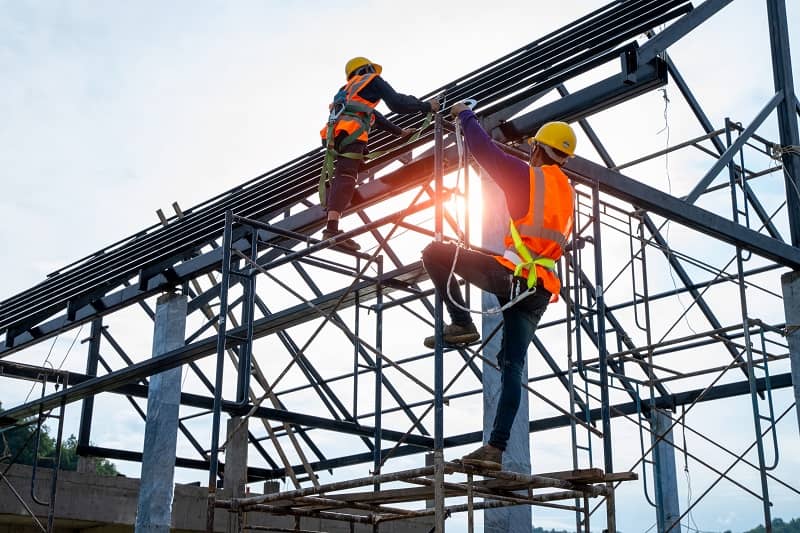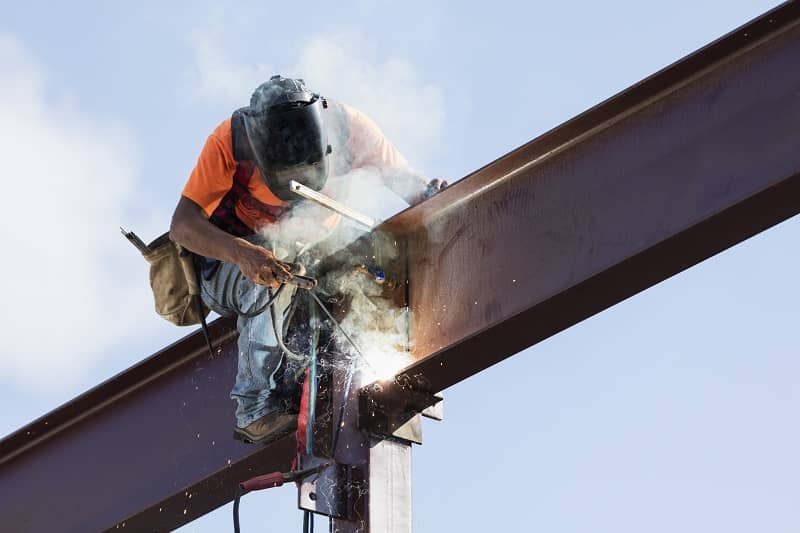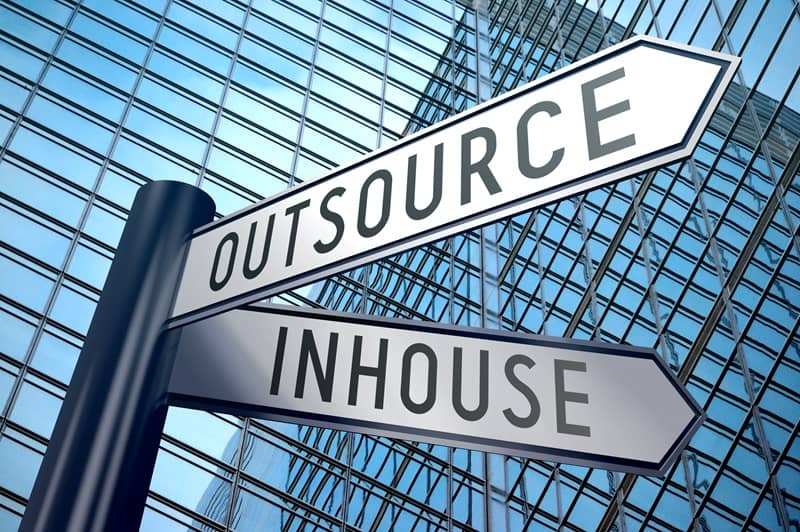Industrial leaders face a variety of risks that can significantly impact the success and sustainability of their projects from different angles. Understanding this dynamic risk landscape is crucial for increasing the accuracy of threat assessment and prevention. With an effective strategy, your team can effectively prevent delays, avoid surprise costs, increase client satisfaction, and solidify a strong reputation. Consider these 8 types of risks next time you prepare for your next project.
1. Safety Risk
Craftsmen are an industrial company’s most valuable asset. As a result, one of the greatest risks to any project is the safety of team members. The tough nature of industrial work with its heavy machinery, harsh conditions, hazardous materials, and physically demanding tasks makes it inherently riskier than other professions. Failing to ensure the safety of craftsmen leads to considerable project delays, unforeseen costs, and legal liabilities.
2. Regulatory and Compliance Risk
In recognition of the industrial sector’s potential dangers, federal and local authorities require business owners to adhere to strict regulatory and compliance standards. You run the risk of hefty fines, reputational damage, and even legal trouble when falling short of these requirements. Building standards that reflect relevant policies and engaging internal audits or assessments can improve your compliance standards and keep your project on track.
3. Financial Risk
Financial risk has many faces on the job site including budget overruns, limited cash flow, funding issues, scope creep, and credit risk. As a project manager, it’s your responsibility to effectively oversee and direct funds to keep everything running smoothly. Rigorous budgeting, diligent resource allocation, and careful contingency planning can help to maintain a project’s financial health and limit unforeseen financial burdens.
Further Reading: Factors That Lead to Financial Success in Construction
4. Environmental Risk
In the industrial sector, environmental risk is an ever-present threat that could throw off project timelines, damage infrastructure, endanger craftsmen, and increase costs. It can come in the form of severe precipitation, floods, strong winds, and even extreme heat. While it’s impossible to avoid this risk, project managers can mitigate the potential impact by planning for resilience against extreme weather, ensuring adequate insurance coverage, and developing flexible project timelines that can accommodate weather-related delays.
5. Supply Chain Risk
In today’s interconnected world, supply chains are posing a greater risk to industrial projects. Even minor breakdowns in supply chains can threaten the timeline, finances, and overall success of a project. There are ways to minimize these threats such as diversifying suppliers, ordering well in advance, and staying updated on relevant market conditions. It’s also important to be able to successfully manage material shortages, project delays, client expectations, and other repercussions from supply chain issues.
6. Technological Risk
The exponential development of industrial tech means more processes can be automated, streamlined, and optimized. However, technological risk is one of the main reasons project managers are hesitant to digitize. Cybersecurity threats, integration delays, training requirements, and over-reliance on tech can all negatively impact project efficiency. Project managers can avoid most of these hazards by consolidating systems, ensuring all team members are proficient, and using advanced tech security practices.
7. Contractual Risk
Another crucial form of risk in the industrial sector is contractual issues. This can involve penalties and liabilities that arise from failing to meet your contractual obligations, or it may stem from the repercussions of a client or third party not fulfilling their part of the agreement. Before entering a contract, be sure to engage in thorough drafting and reviewing with legal professionals. You can further mitigate risks by routinely reviewing contract details, implementing policies that reflect those requirements, and communicating changes with clients.
8. Human Resource Risk
Human resources risk is one of the most overlooked yet severe hazards facing industrial employers. Without qualified, hard-working, and knowledgeable craftsmen, no business could operate. Labor shortages, inefficient hiring, and skills gaps are all potential and costly human resource risks. These issues are exacerbated by an inefficient, outdated, or recourse-demanding hiring process. Some strategies to combat these problems include robust HR policies, consistent training programs, and outsourced staffing.
Not able to find the right talent for the job? We’ve got you covered! At Madden Craftsmen, we’ve been helping industrial employers match with the best-fit employees for decades. Take a few minutes to fill out a job order to get paired with several qualified candidates.




